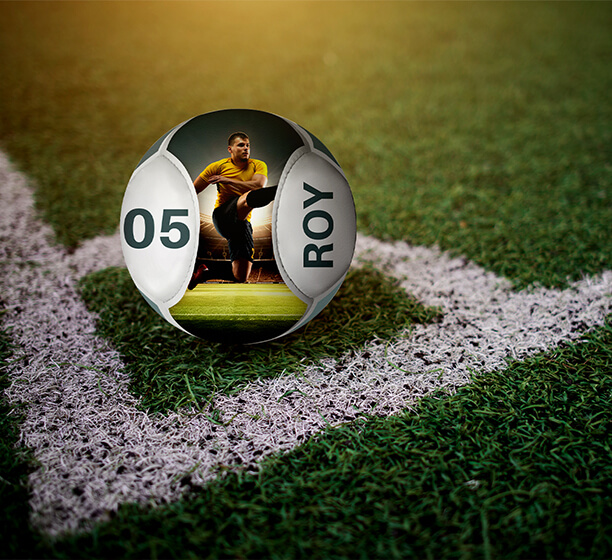Aixuze Insights
Explore the latest trends and insights on diverse topics.
Why Grass Isn't Always Greener on the Soccer Field
Discover the surprising truths behind soccer fields—sometimes the grass isn't greener! Uncover the hidden challenges players face.
The Hidden Challenges of Playing on Artificial Turf
Artificial turf has become a popular choice for sports fields due to its low maintenance and durability. However, the hidden challenges of playing on artificial turf can significantly impact athletes. One of the primary concerns is the heat retention of synthetic surfaces, which can reach dangerously high temperatures during sunny days. This excessive heat can lead to increased risk of heat-related illnesses, such as heat exhaustion or heatstroke, particularly in youth athletes who may be more vulnerable.
In addition to heat, the playability of artificial turf can be affected by several factors, including injury risks. Studies have shown that players experience a higher incidence of certain injuries, such as ACL tears, on synthetic fields compared to natural grass. The artificial surface can alter the mechanics of how players move, potentially leading to increased stress on joints and muscles. Moreover, the infill materials often used in these fields can contain toxins that pose long-term health risks, necessitating a more thorough understanding of the trade-offs involved in choosing artificial turf for sporting activities.

Grass vs. Turf: Which Surface Is Better for Your Game?
When it comes to choosing between grass and turf for your game, several factors come into play. Natural grass offers a soft, forgiving surface that is often preferred by traditionalists who appreciate the feel and aesthetics of a lush lawn. According to a study by the National Institutes of Health, natural grass can reduce player injury rates due to its natural cushioning properties. However, it requires regular maintenance, including watering, mowing, and fertilization, which can add to the overall cost and labor involved in upkeep.
On the other hand, turf surfaces, such as artificial grass, are becoming increasingly popular for their durability and low maintenance. A report from Turfgrass Producers International indicates that turf can withstand heavy use without suffering wear and tear like natural grass. Furthermore, turf surfaces can be used in various weather conditions, making them a reliable option for year-round play. Ultimately, the choice between grass and turf comes down to personal preference and specific requirements for your game.
Why Switching Fields Might Not Be the Solution You Think
Many individuals contemplate changing careers when they feel stagnant or dissatisfied in their current roles. However, it's important to recognize that switching fields might not be the solution you think. The reality is that every profession comes with its own set of challenges. According to Forbes, transitioning careers often involves starting from scratch, which can result in lost income and uncertainty during the adjustment period. Before making the leap, individuals should carefully evaluate their motivations and whether they have a structured plan to navigate these hurdles.
Furthermore, the grass isn't always greener on the other side. In many cases, professionals who switch fields may encounter similar levels of dissatisfaction or frustration despite their efforts to start anew. As highlighted by Harvard Business Review, a lack of passion or alignment with personal values can persist across different industries. Instead of a complete career overhaul, taking time for self-reflection and seeking mentorship might offer more significant improvements to your current situation.